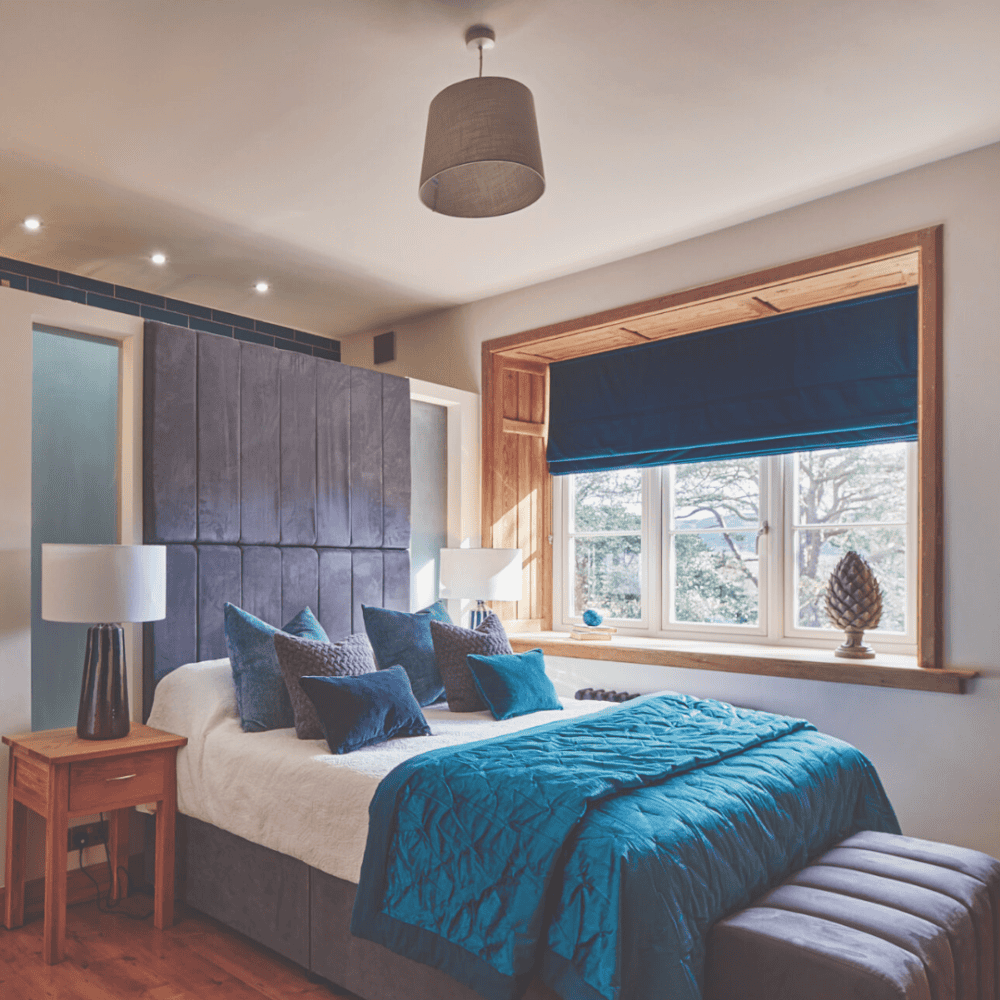Table of Contents
With the Chelsea Garden Design Show presently taking place, we are all inspired to bring a touch of its magic into my own backyard and green spaces. This prestigious event never fails to showcase the latest trends, innovative designs, and timeless classics in the gardening world. Below we delve into ideas how you can translate some of the stunning ideas into your own home garden, no matter the size or location.
Colorful Blooms and Bold Combinations
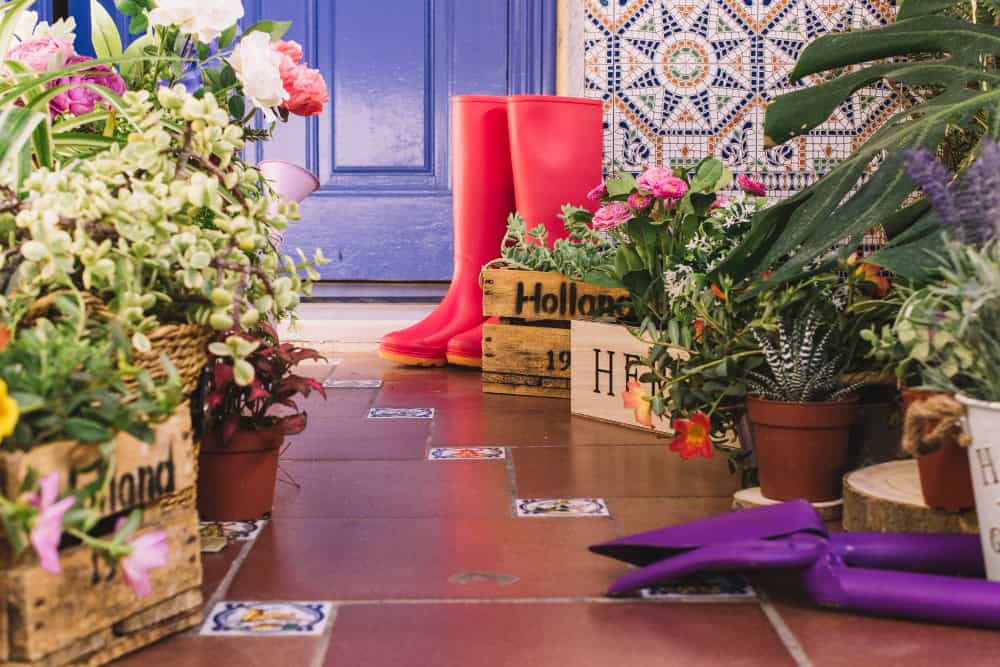
One of the standout trends this year was the use of bold, vibrant colors. From deep purples to fiery reds, the gardens were alive with dynamic palettes.
How to incorporate this:
Choose a Theme: Start by picking a color theme that resonates with you. Whether it’s warm tones like oranges and yellows or cooler hues like blues and purples, having a cohesive theme can make your garden outdoor space look well-thought-out.
Layering Plants: Mix perennials and annuals to ensure a continuous burst of color throughout the seasons. For example, pair tulips and daffodils in spring with marigolds and zinnias in summer.
Accent Areas: Use colorful planters or garden ornaments to add pops of color where different plants and flowers might not thrive, such as shaded corners.
Sustainable Gardening
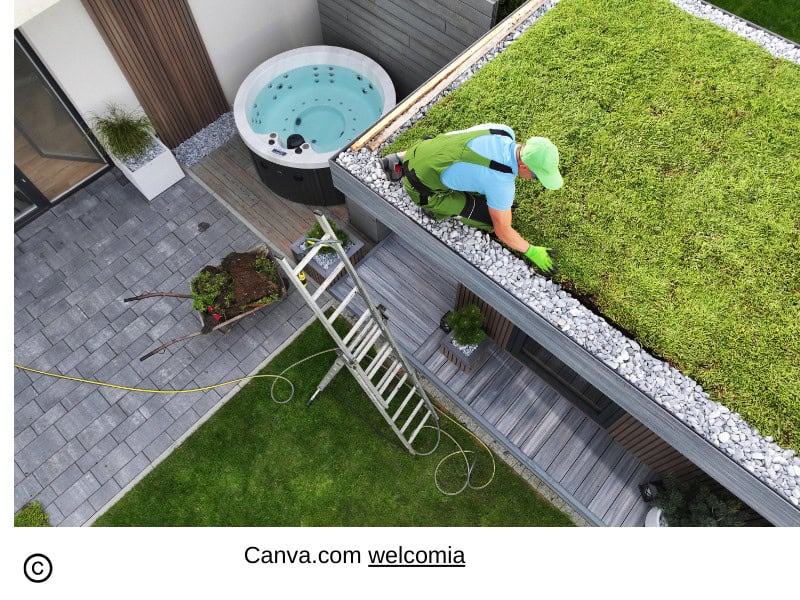
Sustainability and climate change was a significant focus, with many gardens showcasing the Chelsea magic of eco-friendly design, practices, and materials.
How to incorporate this:
Native Plants: Choose plants that are native to your region. They require less water and are more resilient to local pests and diseases.
Rainwater Harvesting: Install an elevated space or rooftop garden and incorporate a rain barrel to collect runoff water. This water can be an essential addition and used to hydrate your garden during dry spells.
Composting: Start a compost pile or bin. It’s a great way to recycle kitchen scraps and garden waste into nutrient-rich soil.
Edible Gardens
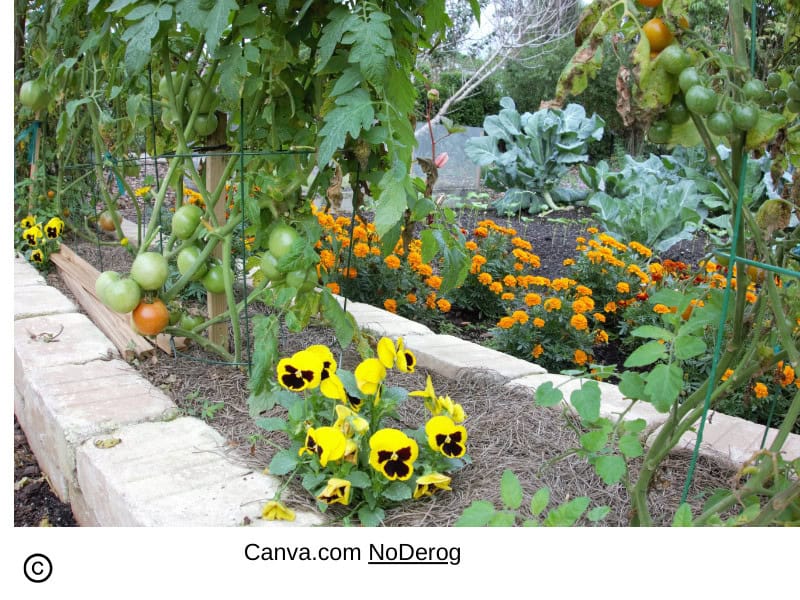
The Chelsea Garden Show highlighted the beauty and practicality of edible gardens, seamlessly blending ornamental and edible plants.
How to incorporate this:
Herb Borders: Use herbs like rosemary, thyme, and basil to edge your flower beds. They add fragrance and are useful in the kitchen.
Vertical Gardening: For small spaces, vertical gardening can be a game-changer. Use trellises or wall-mounted planters to grow climbing vegetables like beans, peas, and tomatoes.
Mixed Planting: Combine vegetables with flowers. For example, marigolds can deter pests from tomatoes, while their bright blooms add beauty.
Water Features
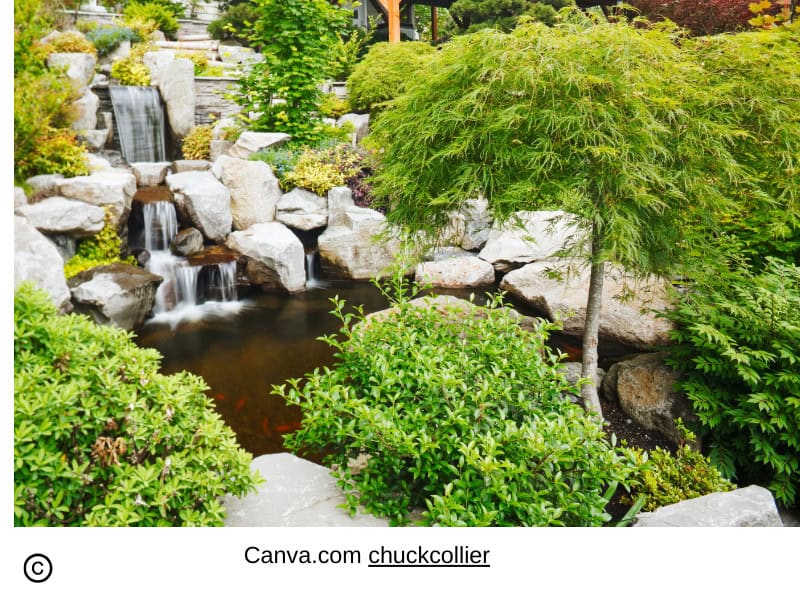
From grand fountains to serene ponds and waterfalls, a water feature can add an important and tranquil element to the show gardens.
How to incorporate this:
Small Ponds: Even a small garden can accommodate a pond. Preformed pond liners make installation easy and can create a habitat for beneficial insects and amphibians.
Water Bowls: A simple water bowl, aluminium trough or birdbath can add a focal point and attract birds and pollinators.
DIY Fountains: Create a small fountain using a container and a solar-powered pump. The sound of trickling water is incredibly soothing.
Creative Seating Areas
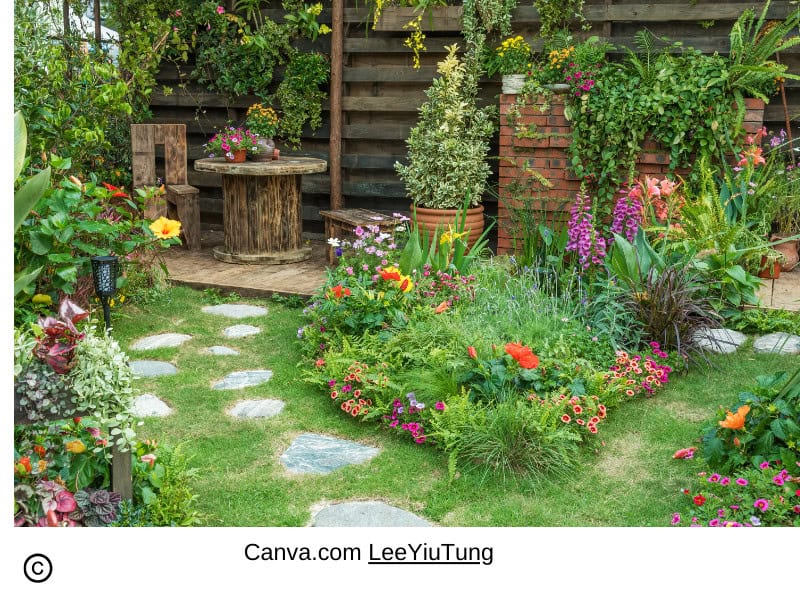
Gardens at Chelsea often include tranquil, stylish seating areas that invite you to sit, contemplate and just enjoy your surroundings.
How to incorporate this:
Natural Materials: Use materials like wood and stone to create rustic, natural-looking seating. A wooden bench under a tree or a stone seating wall can blend seamlessly into the landscape.
Hidden Corners: Create a private nook with seating surrounded by tall plants or hedges. It’s the perfect spot for a quiet retreat.
Comfort and Style: Don’t forget comfort. Add cushions and throws to your garden seating to make it more inviting.
Wildlife-Friendly Spaces
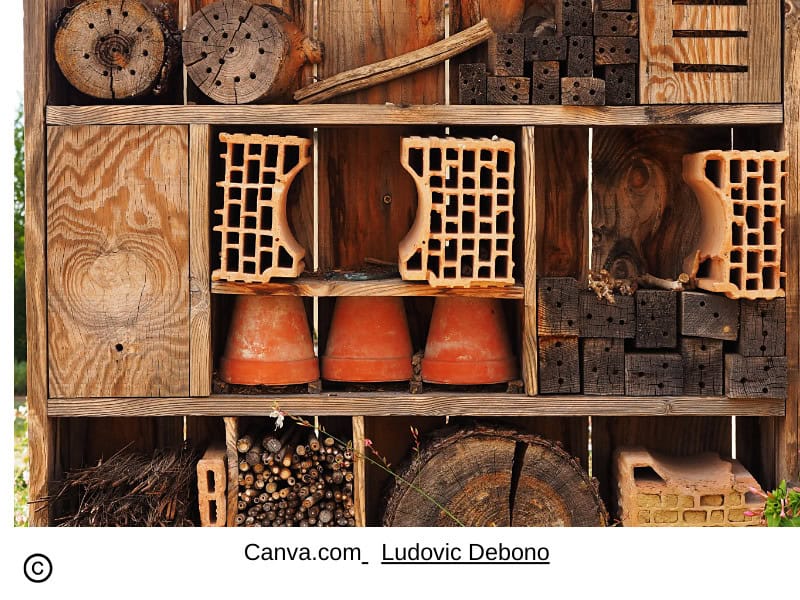
Many gardens have focused on creating habitats for wildlife, encouraging biodiversity.
How to incorporate this:
Bird Feeders and Houses: Install bird feeders and houses to attract various species of birds. They add life and movement to your garden.
Bug Hotels: Create or purchase a bug hotel to provide shelter for beneficial insects like ladybugs and solitary bees. Alternatively, add a wooden structure or just a solitary brick providing essential holes and nesting areas for wildlife to thrive. Place the bug hotel in a sunny sheltered area near a water source and flowering plants.
Native Shrubs and Trees: Plant native shrubs and trees to provide food and shelter for local wildlife.
Conclusion
By taking inspiration from the Chelsea show Garden, you can transform your garden into a vibrant, sustainable, and wildlife-friendly space. Gardening is an exciting journey so Just enjoy the process of experimenting and watching your garden evolve day by day.


